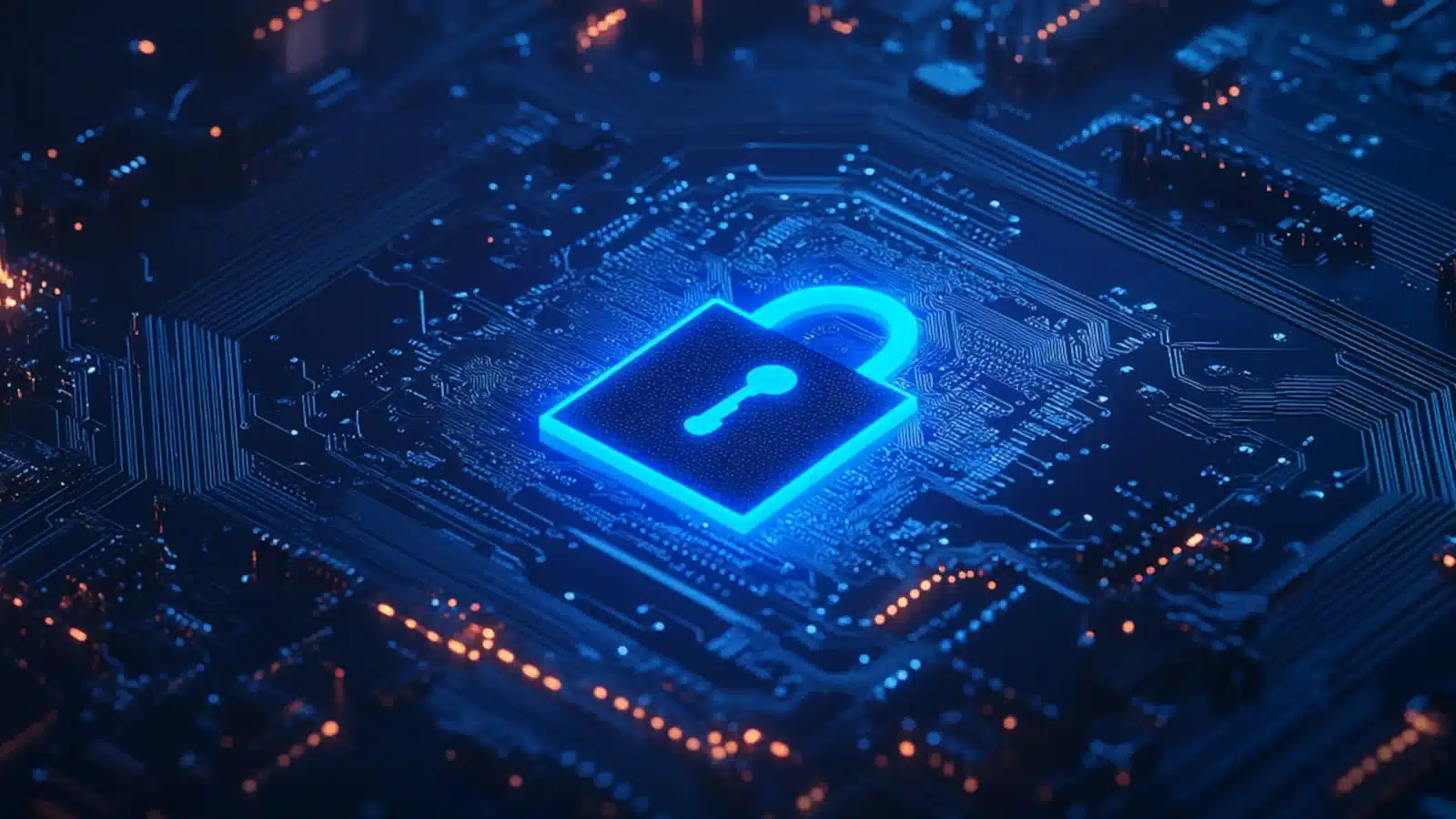Remote work allows unvetted software outside the security boundaries of your firewall and poses additional risk as users are more likely to fall for tricks and scams when outside the office.
On top of network security concerns, users working on home PCs can install any software on it, introducing shadow IT and other unknown security holes, putting corporate data at risk.
Challenges of a Hybrid Work Environment
The risk of shadow IT is not limited to the employee alone. If they work from home, they run the risk of a friend or relative using their work device for personal reasons, whether it be for entertainment, education, or productivity.
This security hole also arises with traditional home networking equipment that is easy to use right out of the box. Unfortunately, most home users never change the default security settings of these devices, making them an easy target for criminals.
Additionally, remote employees may use public Wi-Fi, making them susceptible to man-in-the-middle or evil twin attacks.
These attacks could enable a bad actor to intercept and access valuable business data. They can steal login credentials and use those to access even more of an enterprise’s resources.
Any public or private network is only as secure as the least secure device connected to it. The average computer user may not keep up with patching software vulnerabilities, making devices more susceptible to malware.
Once malware infects even a single networked endpoint, it has the potential to spread throughout the network, infecting any device that connects to it, adding to the risk of employees working from their favorite coffee shop.
The corporate network has now expanded to unknown and unmanaged internet connections. To maintain productivity with remote employees, corporate resources must be accessible from anywhere.
However, the internet is also shared with cybercriminals, making it challenging to maintain the accessibility of corporate data for employees while ensuring it is inaccessible to cybercriminals.
Hybrid workers take their corporate computers with them, connecting to networks not maintained by the company’s IT department to access business data. Home networks are not always secure.
The Basics to Mitigating Cyber Risks Associated with Hybrid Workers
Although the challenges posed by a hybrid work structure can seem intimidating, there are steps an enterprise can take to mitigate these associated risks.
Since the security of the networks in which a company’s endpoints connects to is no longer under your organization’s control, the emphasis must shift to controlling and securing the devices directly:
- Limit inbound network traffic
- Reduce shadow IT to zero
- Secure data storage and transportation
- Maintain visibility of what occurs in your environment
- Enforce secure access to accounts
The IT Professional’s Guide to Securing Remote Workforces
ThreatLocker® has built a list of the top 15 actions you can take to secure your organization if you employ a remote or hybrid workforce.
In this document, you will find expert guidance on:
- The tools you need to secure your organization at the endpoint and network
- Data access and storage policies
- Implementing limitations for users and devices and more



